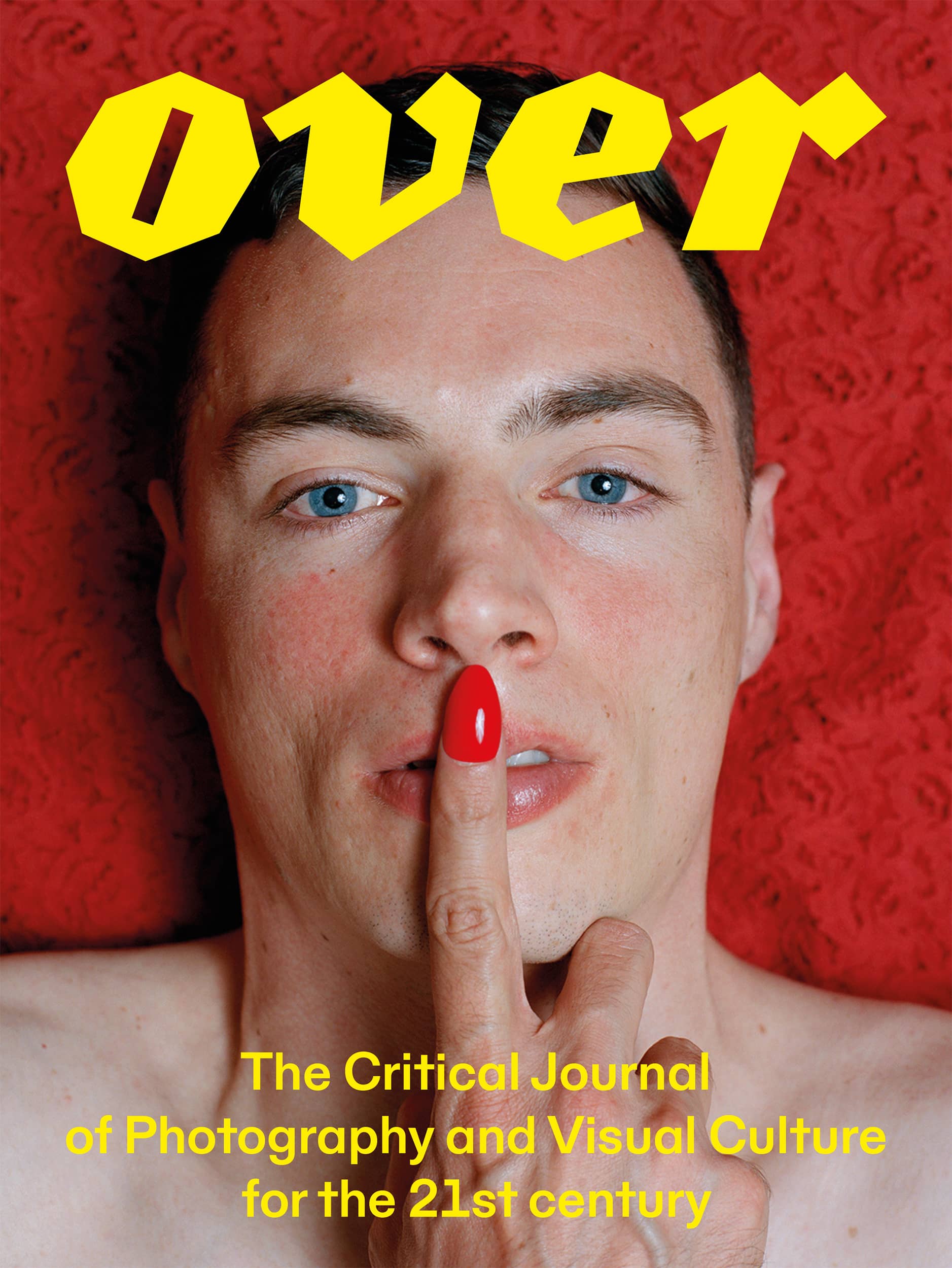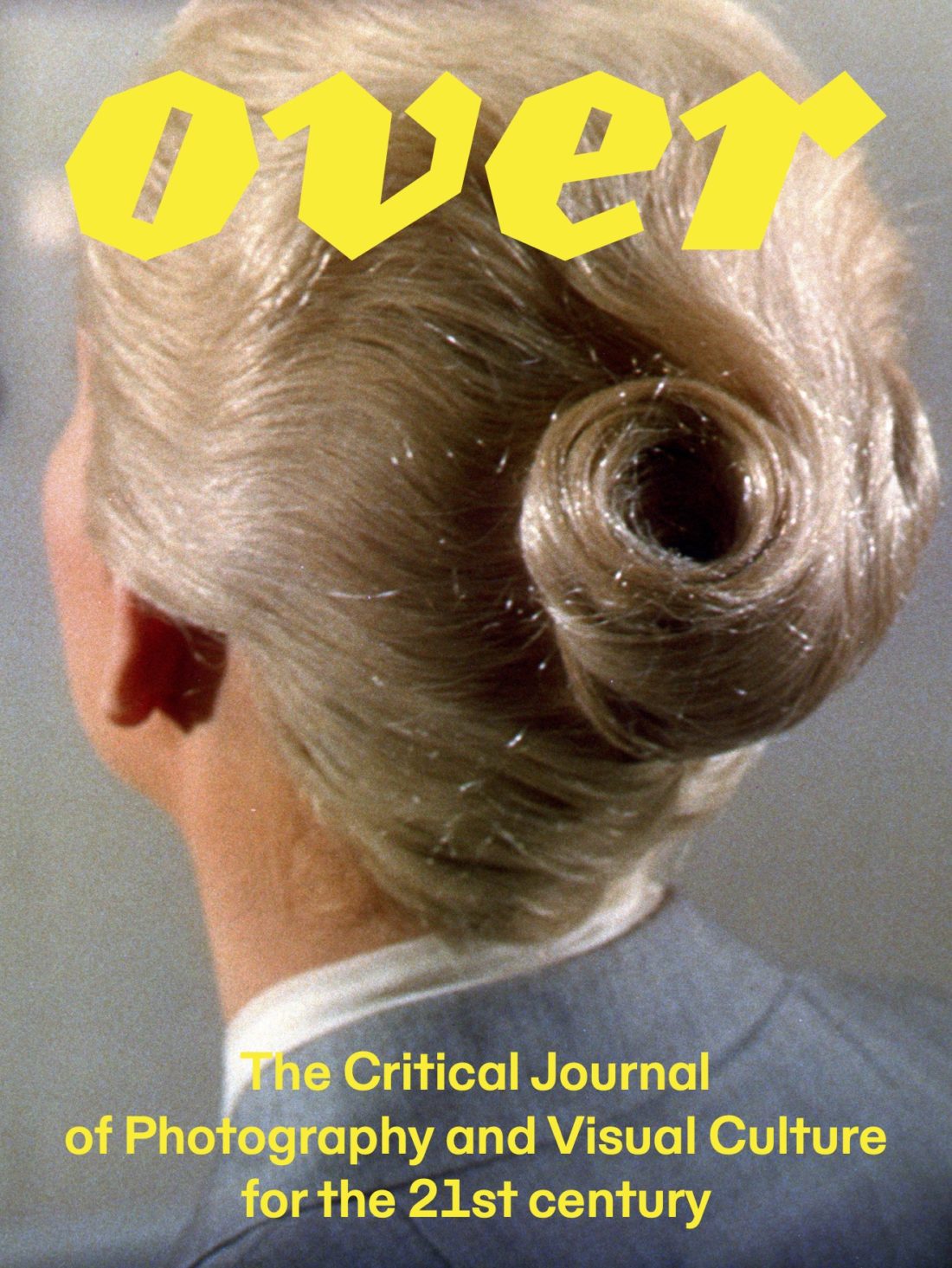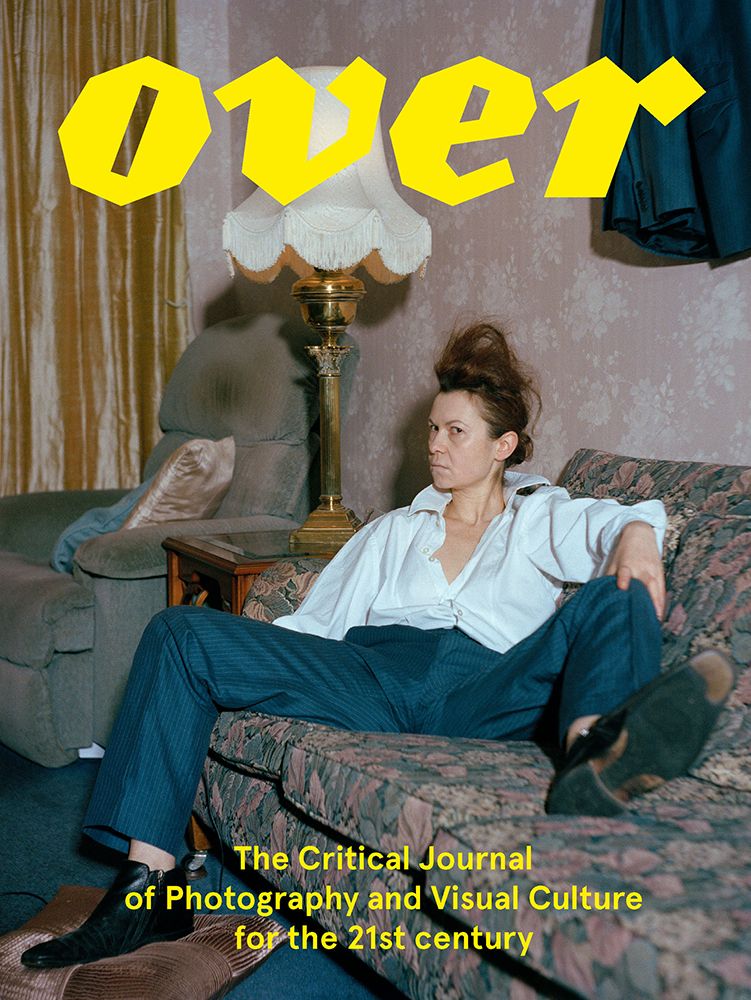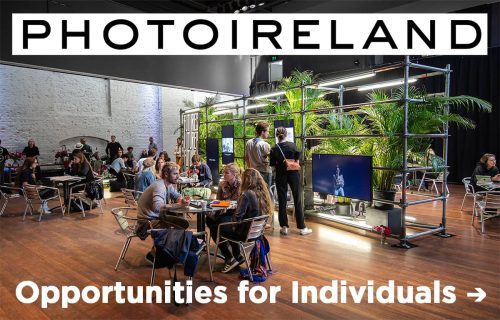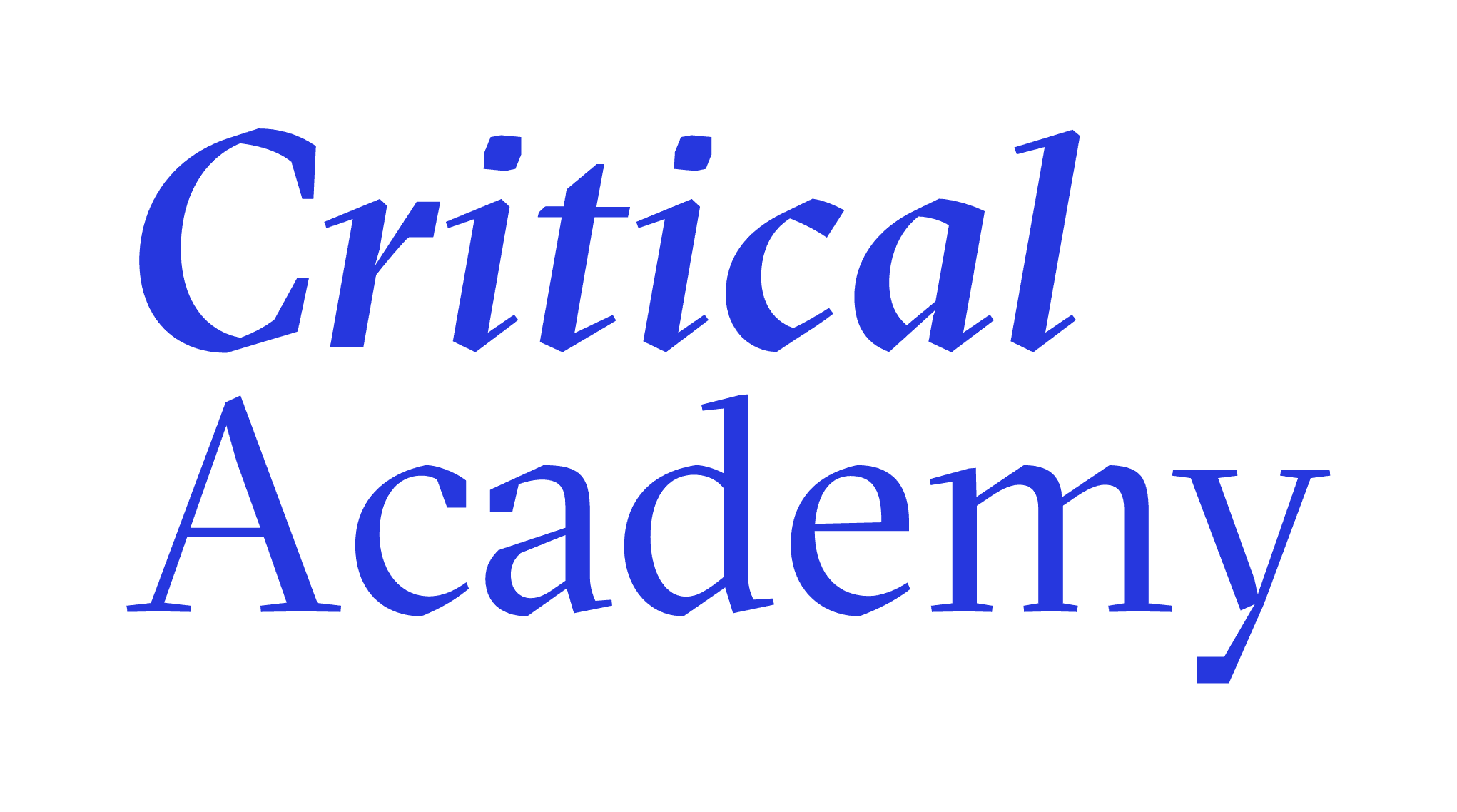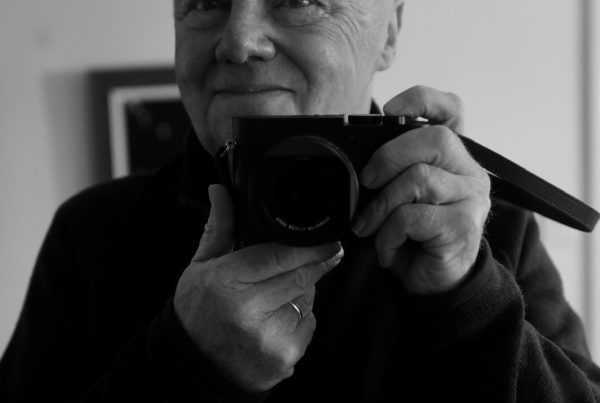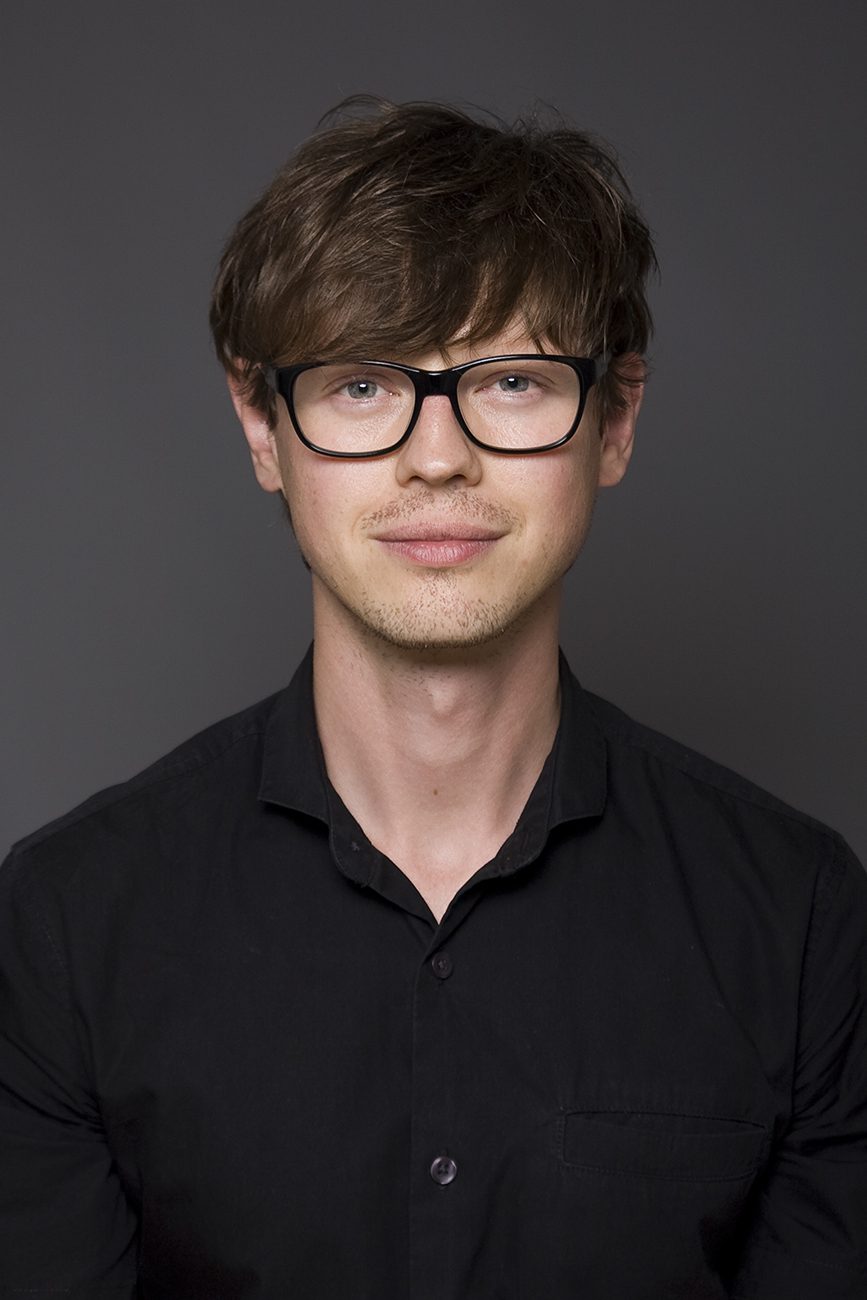
Born to an Anglo-Irish mother and a Sudeten-German father in Wiesbaden, Germany, Scholz grew up in a bilingual family home, dividing his time between Ireland and Germany. After his formative years, Scholz studied photography at the Technological University Dublin (TUD) under the tutelage of Dr Anthony Haughey, developing a keen interest in visual narratives. Scholz then relocated to London, United Kingdom, undertaking postgraduate studies at Goldsmiths College, University of London, where he deepened his understanding of critical and contemporary art-making theories and practices under the mentorship of several Turner Prize–winning artists including Dr Elizabeth Price, Grayson Perry, Mark Leckey and Laure Prouvost.
Scholz subsequently trained as a teacher at the Institute of Education, University College London, developing specialist subject-specific skills for teaching art and photography to young people. Since 2017, Scholz has focused his artmaking on environments which have been affected by human activity, encompassing landscapes affected by, for example, war, pollution, and the climate crisis.
Simultaneously, he is exploring and experimenting with alternative and sustainable photographic printing practices and processes, to highlight the need to critically reflect on our daily carbon footprint.
Scholz’s work has been exhibited in Dublin, London, Brussels, Cologne, and Vienna.
He has works in the collections of the Office of Public Works, Ireland; NHS Foundation Trust, United Kingdom; Goldsmiths College, University of London, United Kingdom, and Frédéric de Goldschmidt, Belgium. Scholz currently lives and works in London, UK.
Awards and honours
- 2023, FUTURES, Amsterdam, The Netherlands, nominated.
- 2022, Rotlicht Festival, Vienna, Austria, joint winner.
- 2022, FORMAT International Photography Review Bursary, Derby, U.K., recipient.
- 2022, Rotterdam Photo Festival, Rotterdam, The Netherlands, joint winner.
- 2021, Rotlicht Festival, Vienna, Austria, joint winner.
- 2020, Earth Photo 2020, London, U.K., shortlisted.
- 2015, Henry Moore Dissertation Price, Leeds, U.K., shortlisted.
- 2015, Best UK based Irish artist, Sol Art Gallery, London, U.K., runner-up.
- 2014, Elizabeth Fitzpatrick Travel Bursary, RHA, Dublin, Ireland, shortlisted.
- 2012, Signature Art Prize Finalist, DegreeArt.com, London, U.K., shortlisted.
- 2012, Irish Arts Council Travel and Training Award, Dublin, Ireland, recipient.
- 2011, Irish Arts Council Travel and Training Award, Dublin, Ireland, recipient.
- 2007, NIAVAC best lens-based award, RUA, Belfast, U.K., winner.
Exhibitions
Solo exhibitions
- 2022, Salon/22, Photofusion, London, U.K.
- 2022, Rotlicht Festival for Analogue Photography 2022, Vienna, Austria.
- 2022, RWA 169 Annual Open Exhibition, Bristol, U.K.
- 2022, HALFTONE, The Library Project, Dublin, Ireland.
- 2022, Extraction: Loss and Restoration, King’s Lynn, U.K.
- 2022, Black Swan Arts Open 2022, Frome, U.K.
- 2022, PhotoIreland Festival 2022, Dublin, Ireland.
- 2022, Bath Photo Festival, Bath, U.K.
- 2022, Rotterdam Photo Festival: The Human Blueprint, Rotterdam, The Netherlands.
- 2022, Climanosco: Oceans on the Rise, Schaffhausen, Switzerland.
- 2021, Health and the Climate & Ecological Emergency, UCLH, London, U.K.
- 2021, Rotlicht, Festival for Analogue Photography, Hybrid 21, Vienna, Austria.
- 2021, Salon/21, Photofusion, London, U.K.
- 2020, Photo Fringe 2020: TAKE/MAKE, Brighton, U.K.
- 2020, Earth Photo 2020, Royal Geographical Society, London, U.K.
- 2020, 190th Annual Exhibition, RHA, Dublin, Ireland.
- 2019, Creekside Open 2019, London, U.K., selected by Sacha Craddock.
- 2019, 189th Annual Exhibition, RHA Dublin, Ireland.
- 2019, This Year’s Model, studio1.1, London, U.K.
- 2017, Hello! Berthold Pott Galerie, Cologne, Germany.
- 2016, Art Brussels 2016, Frederic de Goldschmidt, Brussels, Belgium.
- 2015, FloatArt London 2015, Bargehouse, London, U.K.
- 2014, Bad Behaviour Open 2014, Bad Behaviour, London.
- 2014, This Year’s Model, studio1.1, London.
- 2013, Hey! Narcissus!, studio1.1, London.
- 2013, Cork Street Open Exhibition, Cork Street Gallery, London.
- 2012, Signature Art Prize 2012, DegreeArt.com, London.
- 2011, STILL, Peppercanister Gallery, Dublin.
- 2011, Claremorris Open Exhibition, Claremorris, selector Chris Hammond.
- 2011, 181st Annual Exhibition, RHA, Dublin.
- 2011, Art Basel, Peppercanister Gallery, Basel.
- 2010, 129th Annual Exhibition, RUA, Belfast.
- 2010, 180th Annual Exhibition, RHA, Dublin.
Projects
- Pompeii II (2019)
The conflict between the will to deny horrible events and the will to proclaim them aloud is the central dialectic of psychological trauma.
Judith Lewis Herman
In the words of Didi-Hubermann, ‘Every photograph is the trace of a previous state of the world, a vestige of how things were’. The summation of every photograph ever taken, he adds, ‘is the ruin of the world’. [1]In Pompeii II I seek to convey my own sense of paralysis in response to a traumatic human event, but to contribute to the palimpsest of photographic images that make up our more recent history.
[1] Didi-Huberman, G., 2001. Génie du non-lieu. In: V. Burgin, ed. 2007. Victor Burgin: Voyage to Italy. Hantje Cantz Verlag: Germany.
- Seasick (2020)
We return with the sea, the tides
we return as often as leaves, as numerous
as grass, gentle, insistent, we remember
the way …
Diane di Prima, Revolutionary Letters
In the context of the present COVID-19 endemic, the surge in single-use personal protective equipment might result in further unregulated plastic pollution of our oceans. In Seasick, I wish to hold the viewer’s attention and to help raise questions by inviting us to reflect on our global footprint and to think about the ‘blueprints’ that we, as a species, will leave after us.
- King Canute (2022)
“Let all men know how empty and worthless is the power of kings, for there is none worthy of the name, but He whom heaven, earth, and sea obey by eternal laws.”
King Canute (King of England, b. c.990 – d. 1035)
King Canute refers to the story of King Canute and the waves. In the story, Canute demonstrates to his court that he has no control over the incoming tide, explaining that his secular powers are in vain compared to the forces of higher powers. Similarly, it remains uncertain if our current efforts in securing our shores from ever higher reaching seawaters will be effective or if we have to face – like King Canute – the inevitable: nature’s powerful revenge.
- The Second Fall (2022)
The Lord God took the man and put him in the garden of Eden to work it and keep it. Genesis 2:15
Modern humanity has long since left the old Eden behind, but now faces a new, second Fall – in the last five years the region in which I grew up has experienced unusual weather patterns including only a fraction of its annual rainfall, making it more susceptible to droughts, wildfires, freak storms, and bark beetle plagues – all of which are depicted in my ongoing series, The Second Fall. Tree rings usually grow wider in warm and wet years and are thinner during drought years. Thus, trees may already be holding us accountable for our roles in shaping the global climatic conditions.
- We Are Making A New World (2022)
A sip of earth – that’s like a big, bitter one. Have you ever had earth in your mouth?
(Heinrich Böll, A Mouthful of Earth, 1962)
This emerging climate crisis is strongly echoed in my work because my methodology relies on the use of seawater and soil to evoke place-specific coastal and environmental vulnerability and highlights the urgent need to develop alternatives to reduce our global carbon footprint.
Looking at Böll’s polysemic concept of Erde (German: earth, Earth, or soil), We Are Making A New World incorporates ‘soil’ as part of my sustainable photographic printing practice, simultaneously evoking the gradual threat that coastal erosions pose, particularly, for coastal communities.

